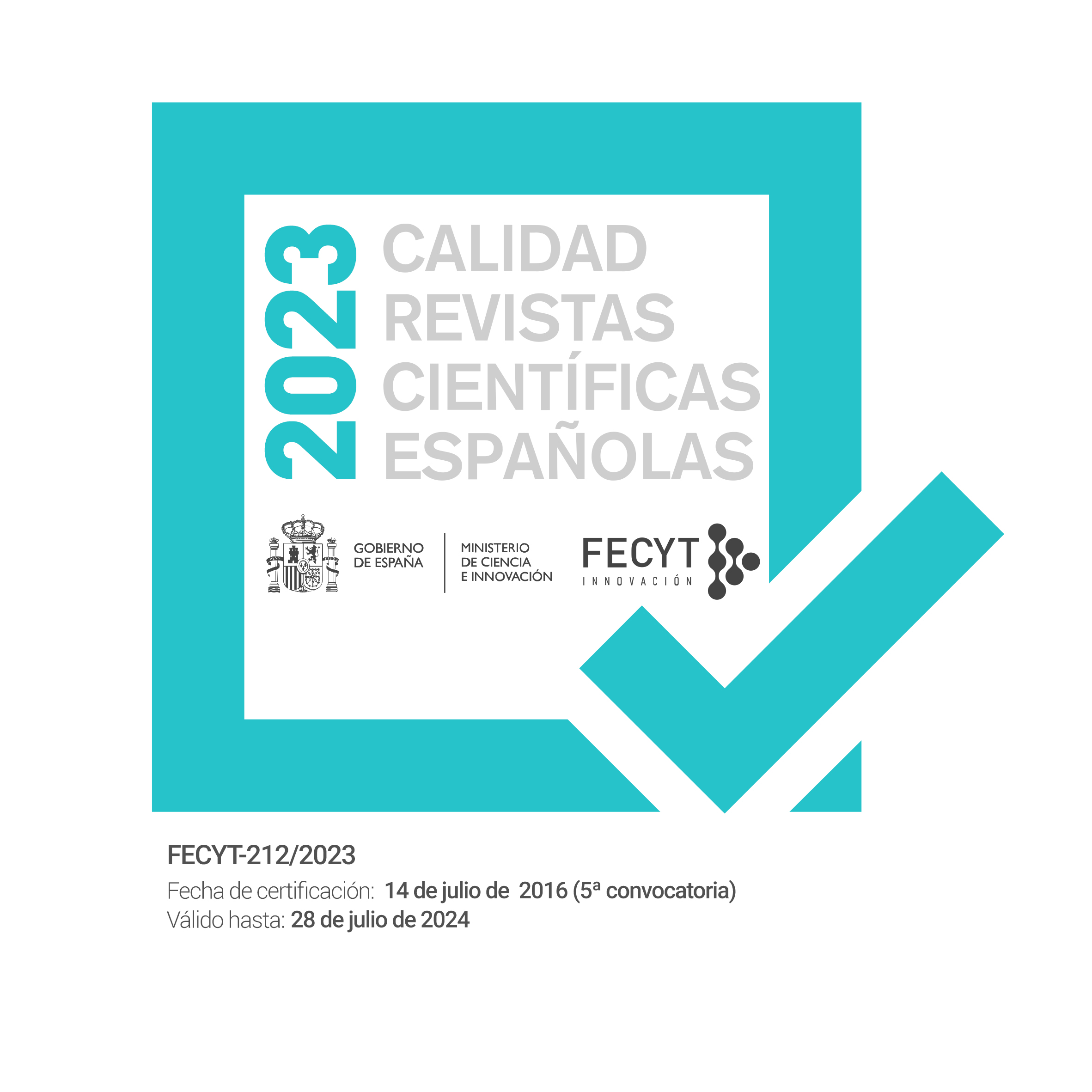La cirugía robótica es ya una realidad. Revisar la historia de la robótica antigua (ver parte I) y moderna es importante para conocer cómo funcionan los nuevos robots. La fabricación de máquinas que imitan al ser humano se ha mantenido desde hace más de 4000 años. En la robótica clásica destacaron inventores como Arquitas de Tarento (hacia 400 a.C.), Heron de Alejandría, Hsieh-Fec, Al- Jazari, Bacon, Turriano, Leonardo da Vinci, Vaucanson o von Kempelen (ver parte I). En 1942 Asimov publica las tres leyes de la robótica. Con el desarrollo de la mecánica, la electrónica y la informática en el siglo XX se han desarrollado robots capaces de realizar de forma autónoma tareas de gran complejidad. En 1985 el robot PUMA 560 fue utilizado para introducir una aguja en el cerebro. A partir de ahí se desarrollan robots cirujanos como World First, Robodoc, Gaspar o Acrobot, Zeus, AESOP, Probot o PAKI-RCP. En el año 2000 la FDA aprueba el da Vinci Surgical System (Intuitive Surgical Inc, Sunnyvale, CA, USA) un sofisticado robot asistente del cirujano. Procedimientos urológicos como la prostatectomía, cistectomía o la nefrectomía son realizadas con el robot da Vinci, situando a la urología como una de las especialidades más idóneas para la cirugía robótica.
Robotic surgery is a reality. In order to to understand how new robots work is interesting to know the history of ancient (see part i) and modern robotics. The desire to design automatic machines imitating humans continued for more than 4000 years. Archytas of Tarentum (at around 400 a.C.), Heron of Alexandria, Hsieh-Fec, Al-Jazari, Bacon, Turriano, Leonardo da Vinci, Vaucanson o von Kempelen were robot inventors. At 1942 Asimov published the three robotics laws. Mechanics, electronics and informatics advances at XXth century developed robots to be able to do very complex self governing works. At 1985 the robot PUMA 560 was employed to introduce a needle inside the brain. Later on, they were designed surgical robots like World First, Robodoc, Gaspar o Acrobot, Zeus, AESOP, Probot o PAKI-RCP. At 2000 the FDA approved the da Vinci Surgical System (Intuitive Surgical Inc, Sunnyvale, CA, USA), a very sophisticated robot to assist surgeons. Currently urological procedures like prostatectomy, cystectomy and nephrectomy are performed with the da Vinci, so urology has become a very suitable speciality to robotic surgery.









